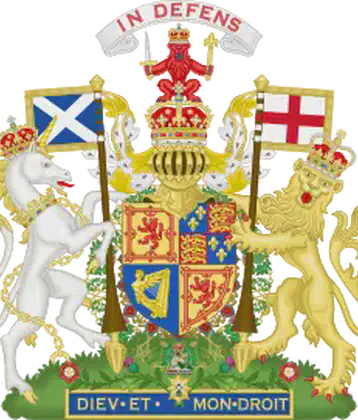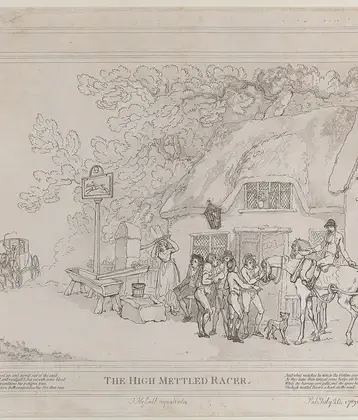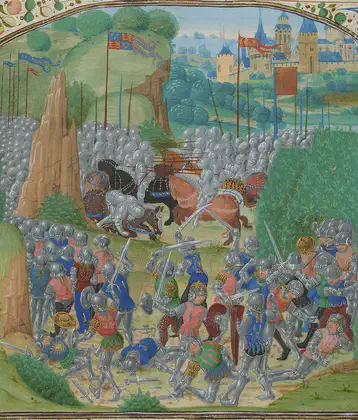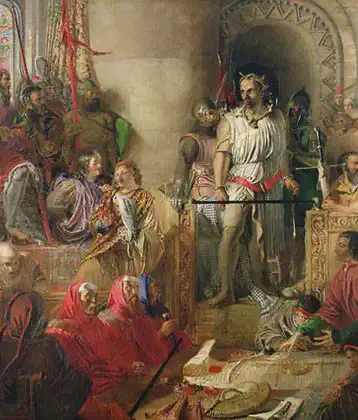On August 05, 1891 in Celtic History
The land purchase act further facilitates tenants purchase of acreage from former landlords and establishes a board to purchase and redistribute land at a local level in the west

The Land Purchase Act referred to in your description is likely the Wyndham Land Purchase Act of 1903, which was a significant piece of legislation in the history of land reform in Ireland. This act further facilitated the purchase of land by tenant farmers from their landlords and aimed to resolve long-standing issues related to land ownership in Ireland.
Background
- Land Ownership in Ireland: Throughout the 19th century, land ownership in Ireland was characterized by a system in which a small number of landlords owned vast estates, while the majority of the population were tenant farmers. These tenants had limited rights and security, leading to widespread poverty and discontent.
- Previous Land Acts: The Wyndham Act followed several earlier land reform acts, including the Land Acts of 1870, 1881, and 1891, which had gradually improved tenant rights and facilitated some land purchases. However, these acts were often limited in scope, and many tenants remained unable to purchase their land.
Key Provisions of the Wyndham Land Purchase Act 1903
- Facilitation of Land Purchase: The 1903 Act significantly expanded the opportunities for tenants to purchase their land. Under the act, the government provided generous financial incentives to landlords to sell their estates to tenants. The state offered a bonus to landlords who agreed to sell, making it financially attractive for them to do so.
- Establishment of the Congested Districts Board: The Act also strengthened the Congested Districts Board, originally established in 1891, by giving it more powers and resources. The Board was responsible for purchasing land in the west of Ireland, where overpopulation and poverty were severe problems. The land was then redistributed among tenants or used to create new smallholdings, with the goal of improving living conditions and reducing poverty in these areas.
- Government Loans: Tenants could purchase land with the assistance of long-term, low-interest loans provided by the government. These loans were designed to make land ownership affordable for even the poorest tenants, spreading the cost of purchase over many years.
- Compulsory Purchase: While the act primarily relied on voluntary sales, it also included provisions for compulsory purchase in certain circumstances, particularly in congested districts where voluntary sales were insufficient to address local needs.
Impact and Legacy
- Transformation of Land Ownership: The Wyndham Land Purchase Act was one of the most effective pieces of legislation in transforming land ownership in Ireland. By 1921, more than 250,000 tenant farmers had become landowners through the purchase schemes facilitated by the Act. This marked a significant shift from a system dominated by landlordism to one where small-scale ownership by the people who worked the land became the norm.
- Reduction of Agrarian Conflict: The widespread adoption of land purchase under the Act helped to reduce the agrarian conflicts that had plagued Ireland for decades. Tenant farmers, now landowners, had greater security and a vested interest in maintaining and improving their holdings.
- Economic and Social Effects: The redistribution of land contributed to economic stability in rural Ireland. The establishment of the Congested Districts Board and the redistribution of land in the west of Ireland also helped to alleviate some of the worst poverty in those regions, though challenges remained.
Broader Historical Context
- Prelude to Irish Independence: The land reforms of the early 20th century, including the Wyndham Act, played a key role in reshaping Irish society and reducing one of the major sources of tension between the Irish people and the British government. By addressing the “land question,” these reforms helped to create a more stable and economically secure rural population, which was crucial in the context of the growing movement for Irish independence.
The Wyndham Land Purchase Act of 1903 was a landmark in Irish history, effectively dismantling the landlord system and empowering a generation of Irish farmers with land ownership. It was one of the final steps in a long process of land reform that had far-reaching social, economic, and political implications for Ireland.
More From This Day
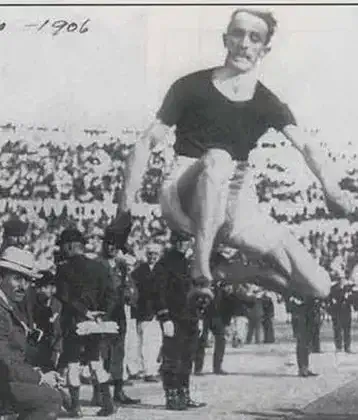
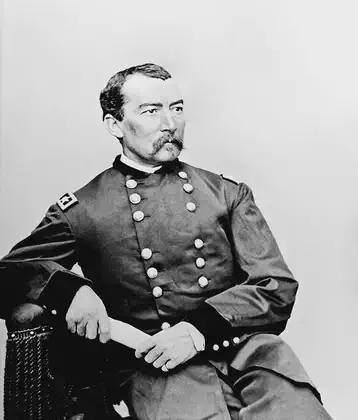
calendar
1888
Philip Henry Sheridan, the son of Irish immigrants from Cavan, dies in Nonquit, Massachusetts.
August 05, 1888


